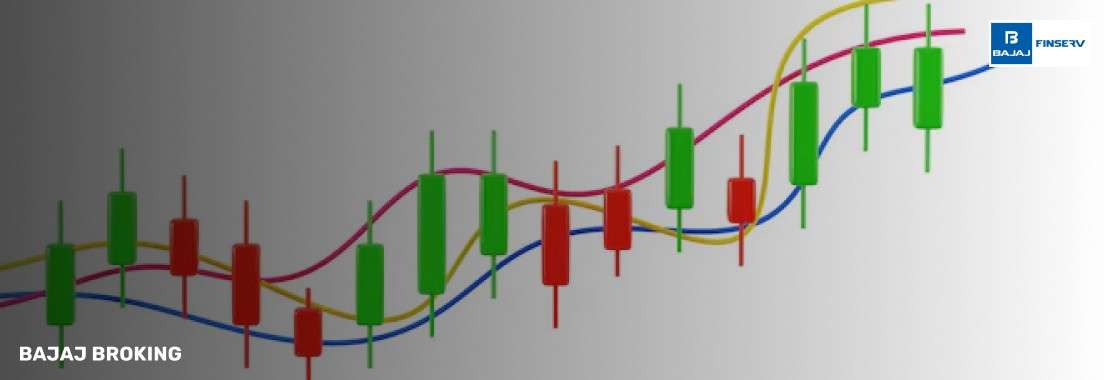A Fair Value Gap (FVG) is a price range on a chart when not much trade has happened because the price moved suddenly and strongly. It's like a short "void" or imbalance in the market.
Traders look at this fair value differential to find possible places to go in and out of a trade. They typically think that the price will ultimately go back to "fill" this gap, which gives them a chance to trade.
If you trade based on price action, it's important to understand the fair value difference since it shows you where the market isn't working well and is likely to go back to those regions.
Understanding the Meaning of Fair Value Gap (FVG)
A Fair Value Gap (FVG) means that the market isn't working well or is out of balance. It shows up on a chart when the price moves quickly and leaves a gap that the wicks of the candles before and after it don't fill.
This gap shows that there is a lack of pricing delivery. Traders generally think that the market will ultimately try to fix this imbalance by going back into the FVG, which makes these levels important for preparing trades.
How to Identify a Fair Value Gap?
To find a Fair Value Gap, you need to look for a certain three-candle pattern on a chart. It happens when a big candle, usually dubbed an "impulse" candle, moves aggressively in one direction.
The gap is the space between the high of the first candle and the low of the third candle (in an upward motion). The body or wick of the big middle candle doesn't completely cover this area.
This price range that doesn't have any trades shows that the market is out of equilibrium. The Fair Value Gap is the ₹15 range between ₹115 and ₹130, for example, when a stock goes from ₹115 to ₹130 with minimal activity in between.
How Do Traders Use Fair Value Gaps?
Traders employ FVGs as important parts of their plans.
Entry and Exit Points: Traders may aim to start a long position when the price goes up and leaves a gap and then goes back into that gap, expecting a bounce. On the other hand, they could go short while the market is going down.
Support and Resistance: An FVG can pull prices towards it. The gap may operate as support if the price goes back to it from above. When the price gets close to a gap from below, it could operate as resistance.
Combining with Other Indicators: FVGs often accompany order blocks or moving averages. Gaps that align with important technical levels may make trade setups more likely.
Practical Examples of Fair Value Gap Trades
Suppose a company's stock is worth ₹134. The price suddenly rises to ₹200 because of good news about a joint venture, but there isn't much trading going on. This creates a big gap in fair value.
Price traders would be interested in this gap. People may expect the price to drop to ₹134-₹200, which is not ideal. A trader might then place a buy order in the gap, hoping the price will rise.
Fair Value Gaps in Different Markets
Equity Market: After quarterly earnings reports or merger updates, Indian stocks often show FVGs. Events like these quickly change prices, making it hard for traders to hold.
FOREX Market: A major economic event like the RBI's interest rate decision or GDP data changes can cause FOREX FVGs in currency pairs like USD/INR or EUR/INR.
Crypto Market: The crypto market is volatile. Big news and new rules can quickly change cryptocurrencies like Bitcoin. That leaves large fair value gaps to trade.
Is Trading Fair Value Gaps a Good Idea?
If you know exactly what you want, trading FVGs could be a good way to make money. Some traders think this method is safer because it looks at more than just price patterns. It also looks for imbalances in the market.
But it does have some issues. If the price doesn't go back to where you thought it would, you might lose a lot of money by misjudging an FVG. The market can still be turbulent, and this method works well in markets that are already working well.
Ultimately, it requires skill and a solid understanding of market dynamics.
Conclusion
The Fair Value Gap method lets traders take advantage of market inefficiencies and imbalances. It works for traders who have been doing it for a while and can spot these patterns in stocks, FOREX, and cryptocurrencies, among other markets. Using FVG analysis with other technical indicators can help you make better trades.
This method could be hard for novices to understand, though. Before using candlestick patterns and gaps in a live trading strategy, new traders need to first learn how to read them and find them.




